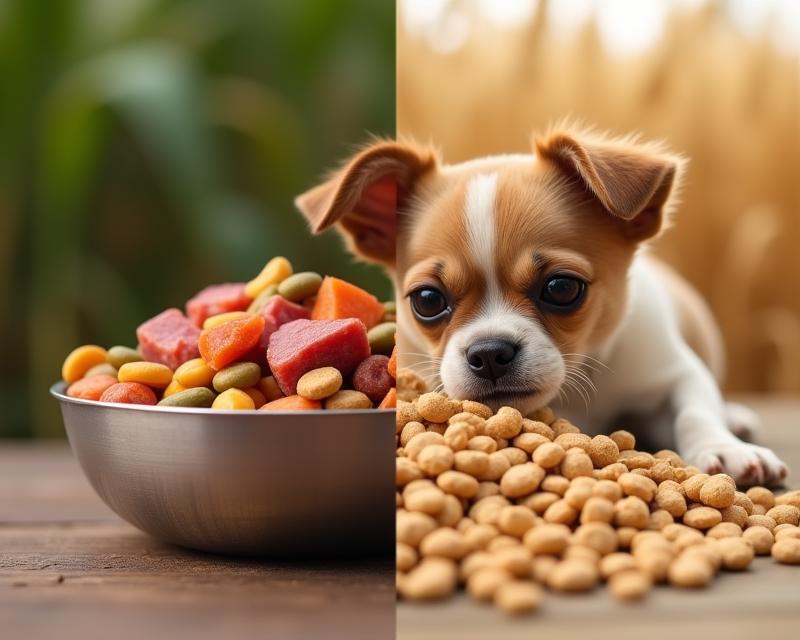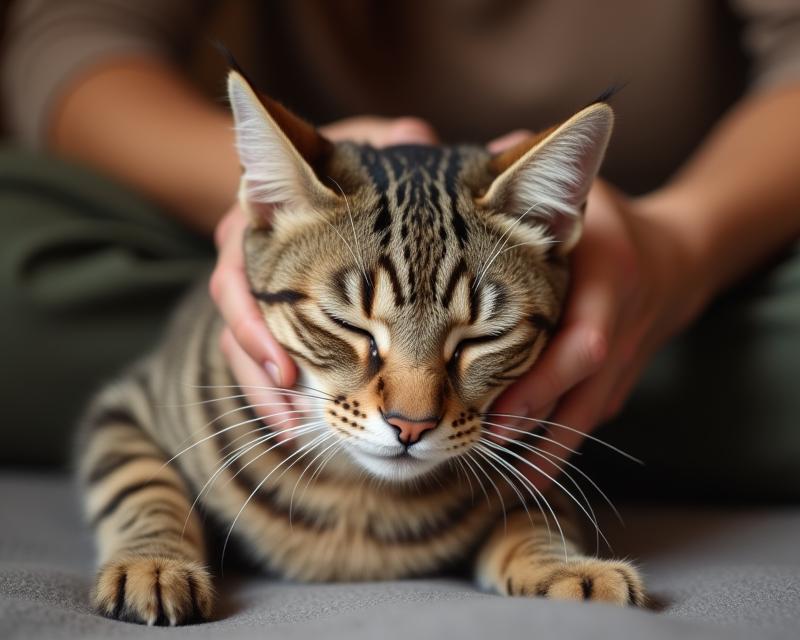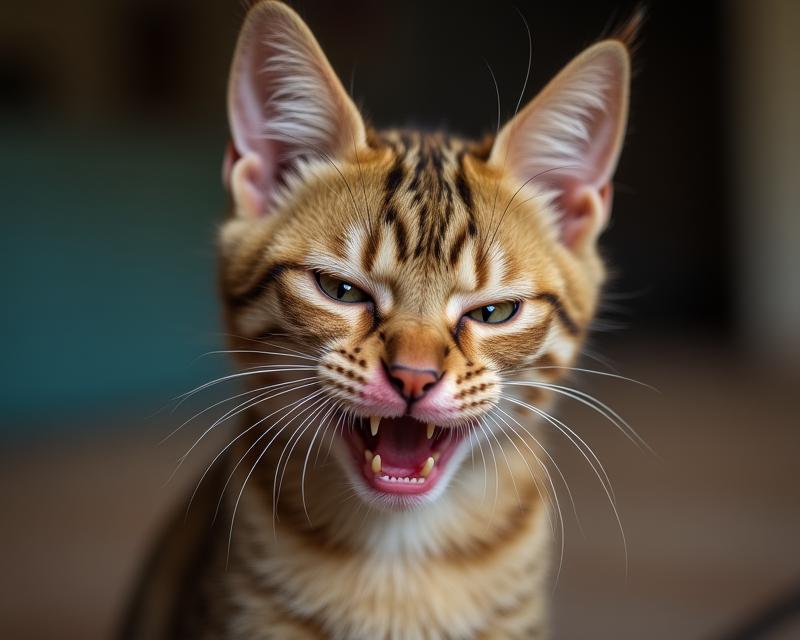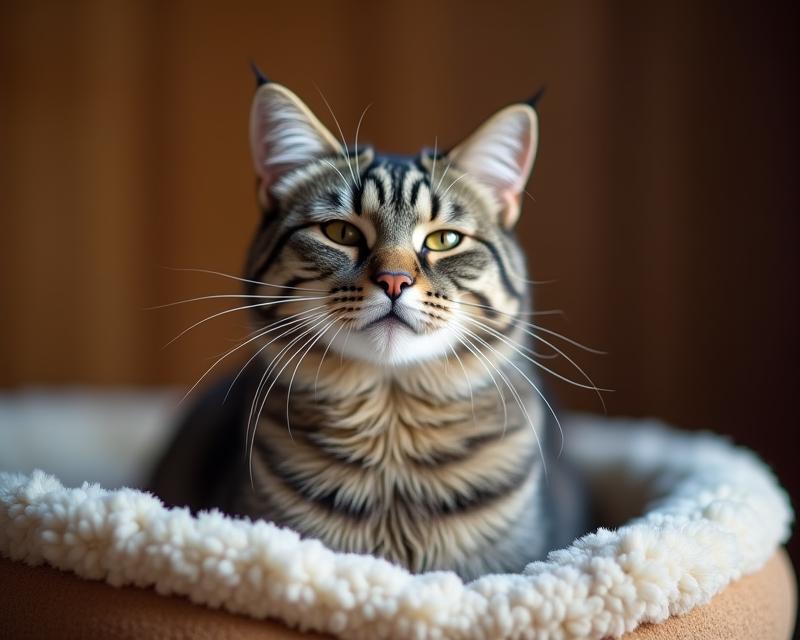Pet Food Fillers: What's Really In It?
Publish in Health el 28/06/2025 23:05
The Truth About Fillers in Pet Food
As loving pet owners, we want the very best for our furry companions. That includes making sure they get proper nutrition! But have you ever stopped to read the ingredient list on your pet food? You might be surprised by some of the ingredients you find. One of the most common – and often debated – is the use of 'fillers'. So, what exactly *are* pet food fillers, and should you be worried?

Simply put, pet food fillers are ingredients added to pet food primarily for bulk and to reduce costs. They aren't necessarily nutritionally poor, but they often lack significant nutritional value for your pet. Common examples include corn, wheat, and soy. While these ingredients *can* provide some energy, they aren't the most digestible or beneficial for many animals. Think of them like adding fiber to a meal – it adds volume but doesn't necessarily provide the essential vitamins and minerals your pet needs to thrive.
Why are Fillers Used?
Pet food manufacturers use fillers for a few key reasons. Firstly, they're inexpensive! They significantly lower the production cost of the food. Secondly, they add bulk, making the food appear more substantial. And thirdly, they can contribute to the food's texture. However, many experts believe that relying heavily on fillers can lead to digestive issues and may not provide the optimal nutrition your pet requires. A diet focused on high-quality protein sources, healthy fats, and easily digestible carbohydrates is generally considered best for your pet's overall health.
So, what can you do? When choosing pet food, always read the ingredient list carefully. Look for foods where named meat sources (like chicken, beef, or fish) are listed as the first ingredients. Consider foods with limited ingredient lists, which often mean fewer fillers. And don't hesitate to consult with your veterinarian! They can help you choose a food that meets your pet's specific needs and health conditions. A balanced diet is crucial for a happy and healthy pet, and understanding what's in their food is a great first step.





